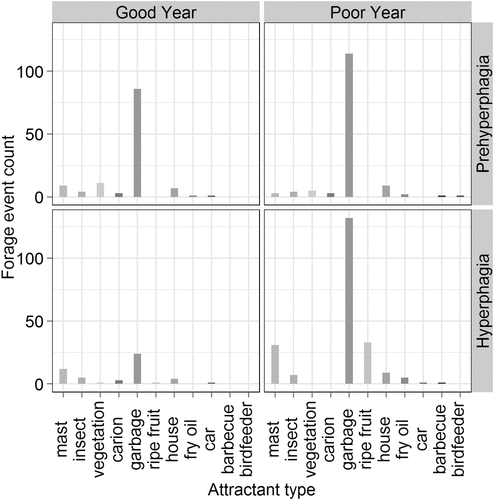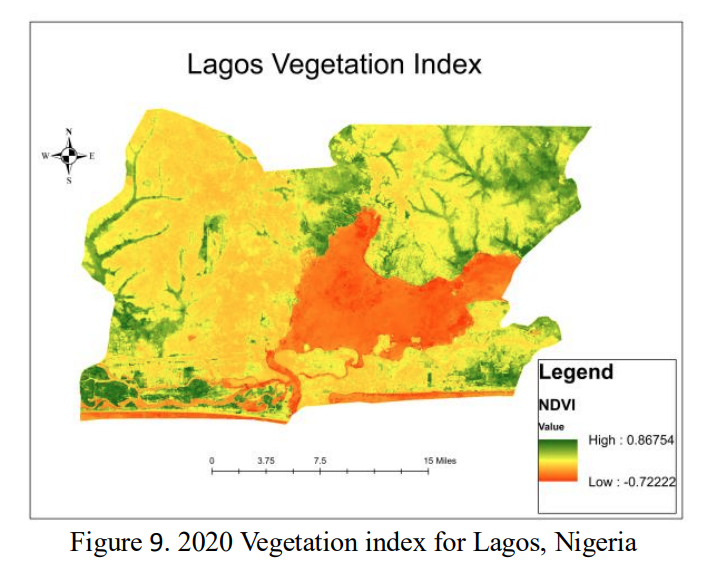Background and purpose: As urbanization grows, the overlap between cougar and human populations increases. Large carnivores are highly susceptible to habitat modification, because they tend to have low population density and wide ranging travel for their food requirements. The effects of urban development on the way cougars forage has rarely been studied and researched. This article investigated variation in cougar use of three prey types (synanthropes, ungulates, and rodents) along a wildland–urban gradient in western Washington to determine how urbanization affects the foraging ecology of this apex predator.
Methods: This study used trained dogs and cage traps to capture and radio-tag cougars throughout the 4450km^2 study site. They did this from 2004-2008 and again from 2013-2016. Once captured the animals were immobilized and given a physical examination and outfitted a GPS radio collar. Kill sites were located and prey identified. The surrounding urbanization of kill sites was measured as building density (structure per hectare). The diets of twenty individual cougars and their 568 kills were analyzed using statistical models.

Results: Firstly synanthropic prey use increased and odds of cougars preying on synanthropes (animals living in close association with humans) rose nearly fivefold with each additional building per hectare. However, only certain individual cougars specialized in synanthropes. Black-tailed deer and elk did remain the dominant prey throughout. Cougars remained to rely on ungulates as prey, which suggests that predator-ungulate systems can survive near human settlements. Additionally, as building density increased, kills of beaver and mountain beaver decreased, likely due to habitat loss and management practices reducing rodent presence. And it was also discovered that male cougars hunted rodents more often than females. Lastly, the study showed that some cougars deviated extensively in prey choice. For example, one male accounted for half the rodent predation.

Criticisms: Overall I thought this study was an insightful and interesting read. The research did have some limitations however. For one, building density was the only measure of urbanization, which oversimplifies the the complexity of human disturbance. Furthermore, the difference in collar technology between study periods may also have affected kill detection, making temporal comparisons less reliable. The lack of direct data on prey abundance makes it difficult to analyze whether dietary preferences of the cougar was a result of prey preference or prey abundance. Lastly, the limited sample size of twenty cougars makes it hard to apply this data across populations. Individual variation most likely strongly influenced results, especially if one male accounted for half the rodent kills. Future work could benefit from combining prey availability survey with kill site data to distinguish between preference and availability. Additionally standardized tracking technology, multiple measurements of urbanization, and a broadened sample size would yield more thorough results.
Reference:
Robins, C. W., Kertson, B. N., Faulkner, J. R., & Wirsing, A. J. (2019). Effects of urbanization on cougar foraging ecology along the wildland–urban gradient of western Washington. Ecosphere, 10(3), e02605.https://esajournals.onlinelibrary.wiley.com/doi/10.1002/ecs2.2605












